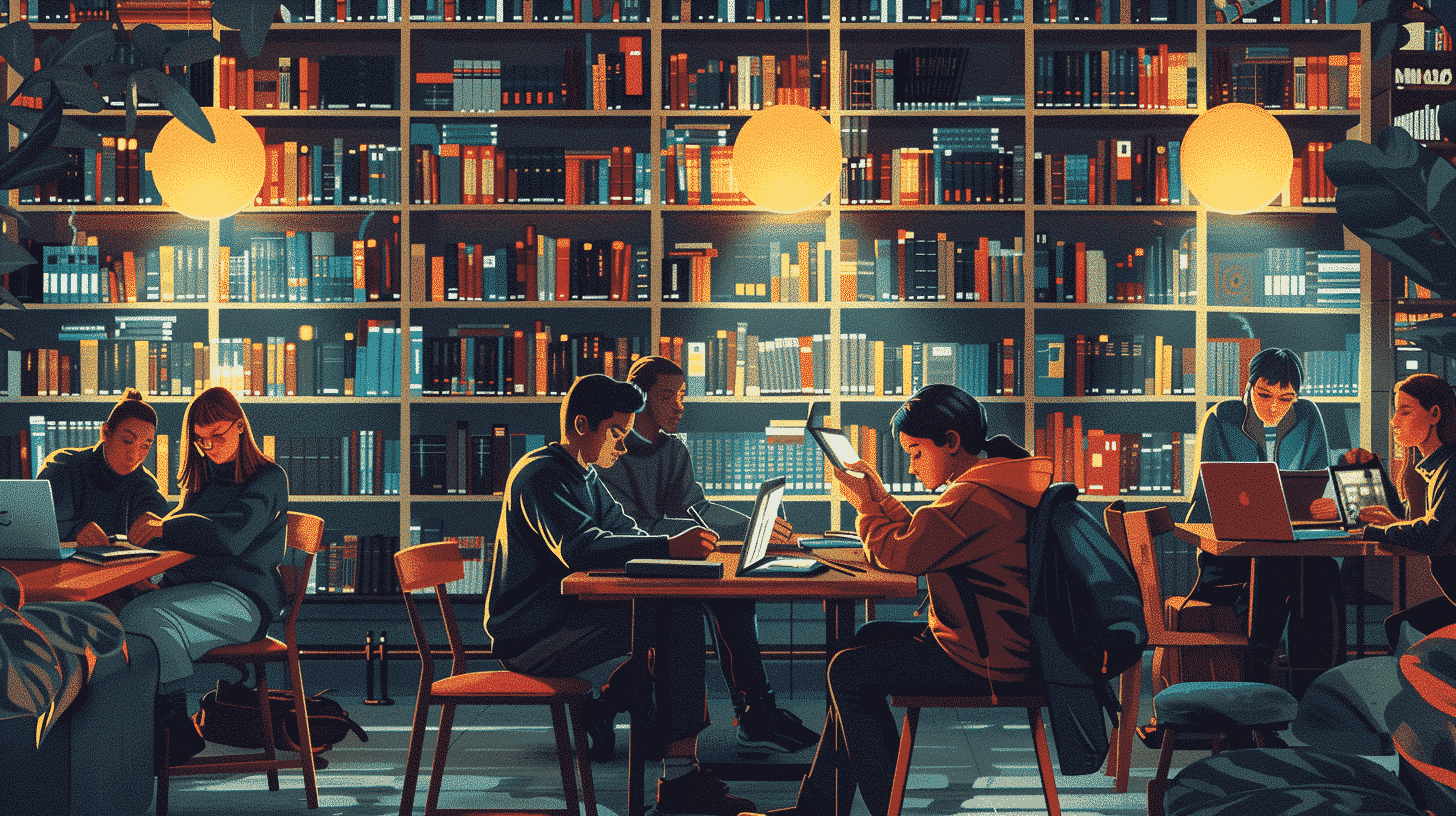The Roots of Milanese Fashion
Milan’s reputation as a fashion capital can be traced back to the Middle Ages and Renaissance periods. During these times, the city’s strategic location and thriving economy made it a hub for trade, including textiles and luxury goods. The rise of powerful Milanese families, such as the Viscontis and the Sforzas, also played a crucial role in shaping the city’s fashion landscape.
In the 14th and 15th centuries, Milan was renowned for its high-quality fabrics, particularly silk and wool. The city became a center for textile production, attracting artisans and craftsmen from all over Europe. These early developments laid the foundation for Milan’s future status as a fashion powerhouse.
Key Vocabulary
– **Tessuto** (fabric)
– **Seta** (silk)
– **Lana** (wool)
– **Artigiano** (artisan)
– **Commercio** (trade)
The Golden Age of Milanese Fashion
The 20th century marked a golden age for Milanese fashion. After World War II, Milan emerged as a fashion capital, rivaling Paris and New York. This period saw the rise of iconic fashion houses that continue to shape the industry today.
The Post-War Boom
In the post-war era, Milan experienced an economic boom that fueled its fashion industry. The city became a magnet for designers, models, and fashion enthusiasts. The 1950s and 1960s were particularly significant, as Milanese designers began to make a name for themselves on the global stage.
One of the most influential figures during this time was **Giorgio Armani**, who founded his eponymous label in 1975. Armani’s minimalist designs and impeccable tailoring revolutionized menswear and womenswear, earning him international acclaim. His success paved the way for other Milanese designers, such as **Gianni Versace** and **Miuccia Prada**, to establish their own fashion empires.
Key Vocabulary
– **Stilista** (designer)
– **Modello** (model)
– **Sartoria** (tailoring)
– **Abbigliamento** (clothing)
– **Etichetta** (label)
Milan Fashion Week
No discussion of Milanese fashion history would be complete without mentioning Milan Fashion Week. Established in 1958, Milan Fashion Week is one of the “Big Four” fashion weeks, alongside Paris, London, and New York. Held twice a year, the event showcases the latest collections from top designers and attracts fashion industry insiders from around the world.
Milan Fashion Week is not just a platform for established designers; it also provides a stage for emerging talent. Young designers have the opportunity to present their work to a global audience, making it a crucial event for anyone interested in the future of fashion.
Key Vocabulary
– **Settimana della Moda** (Fashion Week)
– **Collezione** (collection)
– **Sfilata** (fashion show)
– **Tendenze** (trends)
– **Talento emergente** (emerging talent)
The Influence of Milanese Fashion on Global Trends
Milanese fashion has had a profound impact on global trends. The city’s designers are known for their innovative approaches and ability to blend tradition with modernity. Milan’s influence can be seen in various aspects of fashion, from high-end couture to streetwear.
High Fashion
Milanese designers have long been at the forefront of high fashion. Brands like **Versace**, **Dolce & Gabbana**, and **Valentino** are celebrated for their luxurious designs and attention to detail. These fashion houses have set the standard for elegance and sophistication, influencing designers and fashion enthusiasts worldwide.
Streetwear and Ready-to-Wear
In addition to high fashion, Milan has made significant contributions to the world of streetwear and ready-to-wear clothing. Brands like **Prada** and **Moschino** have successfully bridged the gap between haute couture and everyday fashion. Their innovative designs and bold statements have resonated with a younger audience, further cementing Milan’s status as a fashion capital.
Key Vocabulary
– **Alta moda** (high fashion)
– **Prêt-à-porter** (ready-to-wear)
– **Eleganza** (elegance)
– **Sofisticazione** (sophistication)
– **Dichiarazione di moda** (fashion statement)
Learning Italian Through Fashion
For language learners, exploring Milanese fashion history offers a unique way to improve your Italian skills. By immersing yourself in the world of fashion, you can learn new vocabulary, understand cultural nuances, and even practice your conversational skills.
Fashion Magazines and Blogs
One of the best ways to learn Italian through fashion is by reading Italian fashion magazines and blogs. Publications like **Vogue Italia** and **Grazia** cover the latest trends, designer interviews, and fashion events. By regularly reading these sources, you can expand your vocabulary and stay updated on Milanese fashion.
Key Vocabulary
– **Rivista** (magazine)
– **Intervista** (interview)
– **Evento** (event)
– **Tendenze della moda** (fashion trends)
Watching Fashion Shows and Documentaries
Another effective method is to watch fashion shows and documentaries in Italian. Milan Fashion Week streams many of its events online, providing an excellent opportunity to hear the language in a fashion context. Documentaries about Italian designers and fashion history can also be both informative and educational.
Key Vocabulary
– **Documentario** (documentary)
– **Sfilata di moda** (fashion show)
– **Collezione di moda** (fashion collection)
– **Storia della moda** (fashion history)
Participating in Fashion Forums and Social Media
Engaging with fashion enthusiasts on forums and social media platforms can help you practice your Italian in a more interactive setting. Websites like **Instagram**, **Pinterest**, and fashion forums often have communities dedicated to Milanese fashion. Participating in discussions, asking questions, and sharing your thoughts can enhance your language skills and deepen your understanding of fashion.
Key Vocabulary
– **Forum** (forum)
– **Social media** (social media)
– **Discussione** (discussion)
– **Condivisione** (sharing)
Conclusion
Understanding Milanese fashion history and learning the language go hand in hand. By delving into the rich heritage of Milan’s fashion scene, you can gain valuable insights into Italian culture and improve your language skills. Whether you’re reading fashion magazines, watching shows, or participating in online discussions, the world of Milanese fashion offers a captivating and educational experience for language learners.
So, immerse yourself in the elegance and sophistication of Milanese fashion, and watch your Italian language skills flourish. Buona fortuna! (Good luck!)






